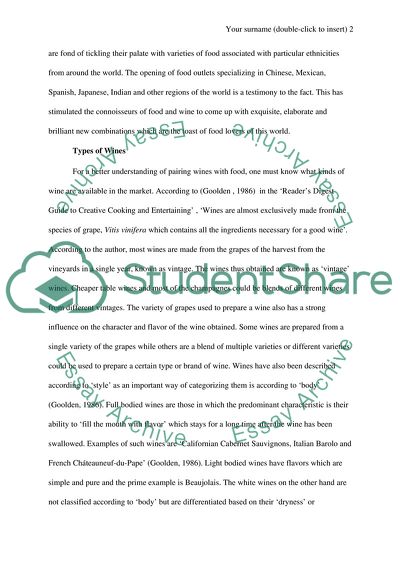Cite this document
(Pairing food and wine Coursework Example | Topics and Well Written Essays - 1750 words, n.d.)
Pairing food and wine Coursework Example | Topics and Well Written Essays - 1750 words. https://studentshare.org/family-consumer-science/1715557-pairing-food-and-wine
Pairing food and wine Coursework Example | Topics and Well Written Essays - 1750 words. https://studentshare.org/family-consumer-science/1715557-pairing-food-and-wine
(Pairing Food and Wine Coursework Example | Topics and Well Written Essays - 1750 Words)
Pairing Food and Wine Coursework Example | Topics and Well Written Essays - 1750 Words. https://studentshare.org/family-consumer-science/1715557-pairing-food-and-wine.
Pairing Food and Wine Coursework Example | Topics and Well Written Essays - 1750 Words. https://studentshare.org/family-consumer-science/1715557-pairing-food-and-wine.
“Pairing Food and Wine Coursework Example | Topics and Well Written Essays - 1750 Words”. https://studentshare.org/family-consumer-science/1715557-pairing-food-and-wine.


